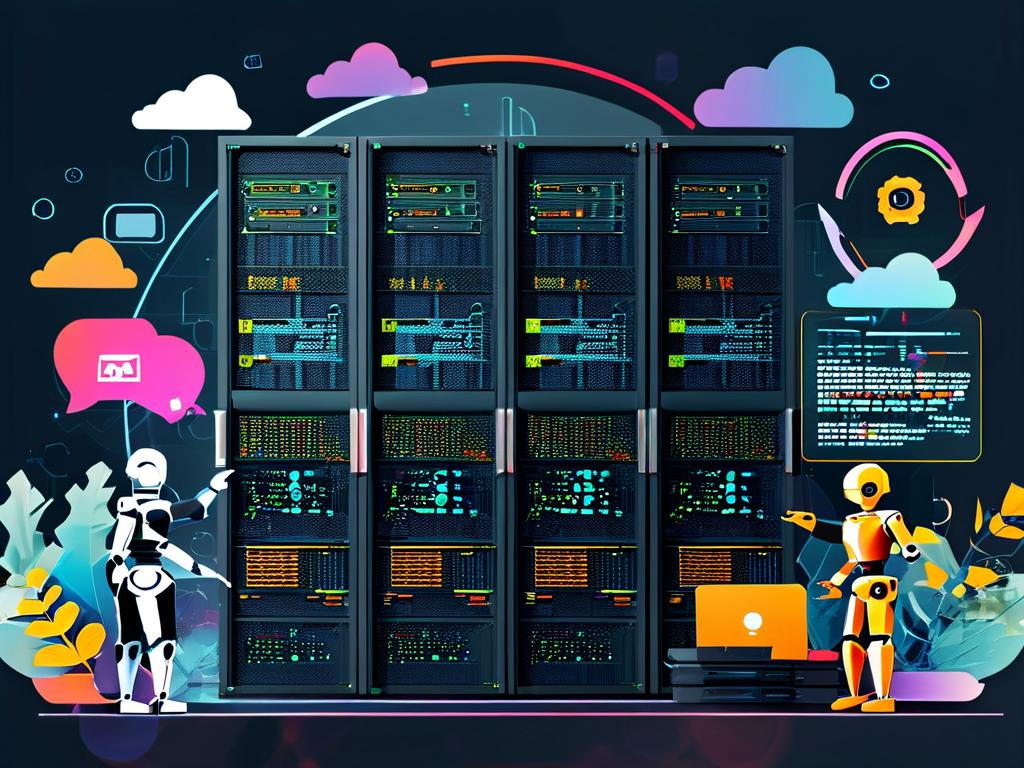In modern software development, the implementation of automated testing has become a cornerstone of efficient workflows. However, designing a robust deployment strategy for these tests remains a challenge for many teams. This article explores practical approaches to building a scalable framework that aligns with CI/CD pipelines while addressing common pain points in test environment management.

Architecture Design Principles
A successful automated test deployment begins with a modular architecture. Instead of monolithic test suites, consider a layered approach:
- Core Engine Layer: Handle test execution logic using tools like Selenium or Cypress
- Orchestration Layer: Manage parallelization through Kubernetes pods or cloud containers
- Reporting Layer: Integrate visual dashboards using Allure or Elasticsearch
For infrastructure-as-code enthusiasts, a Terraform snippet demonstrates environment provisioning:
resource "aws_instance" "test_node" {
ami = "ami-0c55b159cbfafe1f0"
instance_type = "t3.medium"
tags = {
Name = "LoadTestingNode"
}
}
Environment Configuration Management
Dynamic environment setup separates mature teams from beginners. Implement containerization with Docker to maintain consistency:
FROM python:3.9-slim COPY requirements.txt . RUN pip install -r requirements.txt WORKDIR /app CMD ["pytest", "-v", "--alluredir=./reports"]
Leverage feature flags to control test scope:
# config.py
FEATURE_FLAGS = {
'payment_gateway_v2': os.getenv('ENABLE_V2', 'false')
}
Continuous Validation Mechanisms
Shift-left testing demands real-time feedback loops. Incorporate:
- Pre-commit hooks for static analysis
- Canary deployments with A/B test validation
- Chaos engineering principles for resilience testing
A sample Jenkins pipeline illustrates multi-stage verification:
pipeline {
agent any
stages {
stage('Static Analysis') {
steps {
sh 'flake8 src/'
}
}
stage('Integration Tests') {
steps {
sh 'docker-compose up -d && pytest tests/integration'
}
}
}
}
Monitoring and Optimization
Implement Prometheus for test infrastructure monitoring:
- job_name: 'test_metrics'
static_configs:
- targets: ['localhost:9090']
Analyze flaky test patterns using machine learning models. Track metrics like:
- False positive rate
- Environment provisioning time
- Cross-browser compatibility success rate
Team Collaboration Strategies
- Maintain a centralized test artifact repository
- Establish clear ownership boundaries using RACI matrices
- Conduct bi-weekly test scenario review sessions
Security Considerations
- Isolate test credentials using HashiCorp Vault
- Implement network segmentation for test environments
- Regularly audit third-party tool permissions
As organizations mature in their automation journey, the deployment strategy must evolve. Periodic architecture reviews (every 6-8 months) help identify technical debt. Remember that no solution is permanent – successful frameworks adapt to technological shifts while maintaining core reliability principles.
The ultimate goal isn't full automation, but rather creating a human-in-the-loop system where engineers focus on strategic tasks while the framework handles repetitive validation. By balancing flexibility with standardization, teams can build deployment systems that survive multiple product generations.









